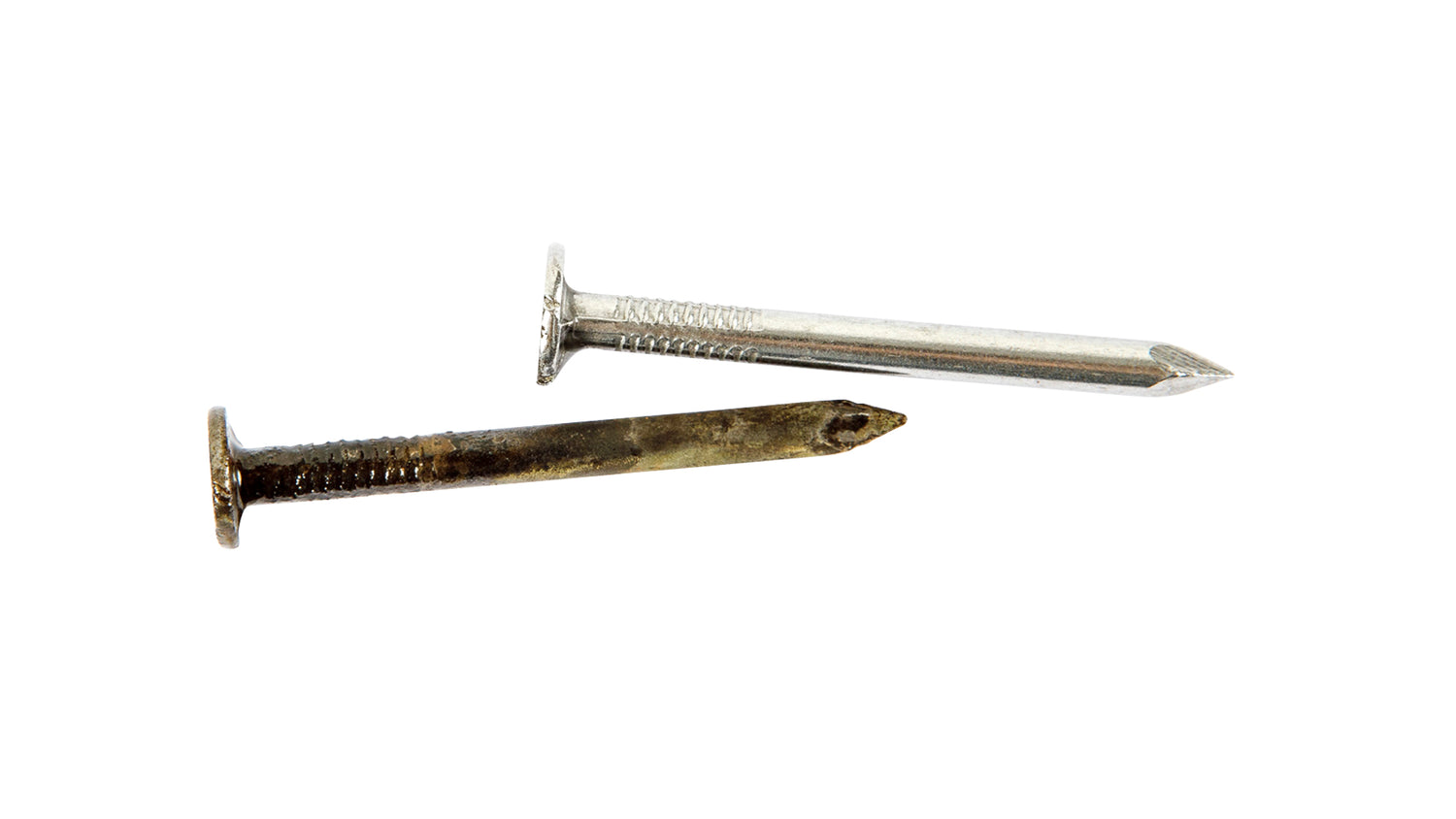Only in two weeks period under normal heating conditions, a brand-new central heating system will undergo severe corrosion and/or scaling regardless of water type (raw, softened, or demineralized). Whether you moved into a brand-new house, part of a house (in other words, cottage), or flat, if these types of accommodation have an autonomous heating system, you will be objected to these issues. In an autonomous heating system, thermal energy source typically includes gas, liquid or solid fuel boilers, geothermal energy, or heat pumps. Therefore, you can imagine how widespread the problem is and how little autonomous heating systems owners know about preventing these problems.
However, simple actions taken before the start of brand-new central heating system exploitation can dramatically increase the longevity of the equipment, avoid uncomfortable downtime, expensive repairs, loss of efficiency, increased energy bills, and add to sustainability. In fact, those central heating system parts that are in contact with water will remain new with no visible corrosion, abrasive wearing, or deposited surfaces (See Figure 1). So first, you need to do is simple cleaning of the system to remove debris, grease, and active flux (used for soldering) inside the inner piping left after installation works. The best way to do this is by applying a neutral cleaner to lift the remaining particles and degrease the inner lining of the pipes. As one of neutral cleaners options is ReDiant Cleaner C5 which is particularly formulated for central heating systems, and it even contains corrosion inhibitors to protect metals during this mild cleaning process. After the central heating system is flushed with a cleaning solution comprised of water and a cleaner, fill the system with fresh water, leave it for a few minutes and then drain to ensure the removal of contaminants and remains of the cleaner. Then refill the system with fresh water and proceed with the second step, which is the introduction of a corrosion and scale inhibitor. Once again, it is crucial to select a quality inhibitor that delivers multi-metals protection and scale inhibition, like ReDiant Protector H7. This product will create a barrier between metal and water, leading to a corrosion rate close to zero and inhibited limescale formation. It is important to note that ReDiant Cleaner C5 and Protector H7 contain industrial-grade technologies combined and adapted to serve owners of autonomous heating systems.
Figure 1. Condition of carbon steel, copper, and aluminum materials after 2 weeks in untreated (in the left) and treated with ReDiant Protector H7 (in the right) water

Despite economic benefits like saved money on energy bills, repairs, service, or leaks, the products add to sustainability. This is achieved by assuring that heat transfer efficiency will not drop over time, leading to minimized CO2 emissions. From a life cycle perspective, prevention of the breakdown of the component of the system will result in decreased demand for energy and materials as well as environmental impact. Also, the company took actions to reduce environmental impact by producing the container from recycled plastic, formulating a concentrated product to minimize the need for transportation and joining World Wildlife Fund (W.W.F.) supporters’ family.


